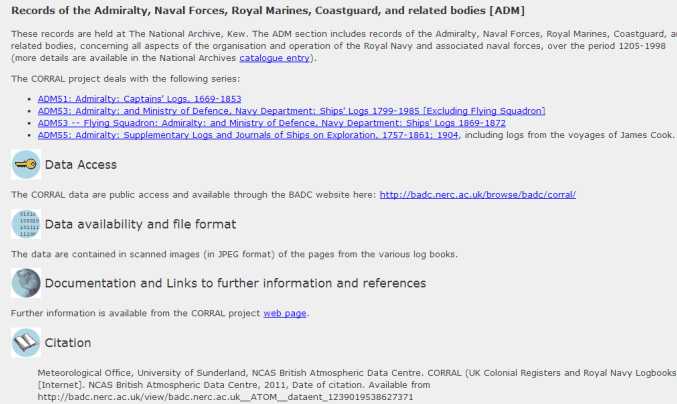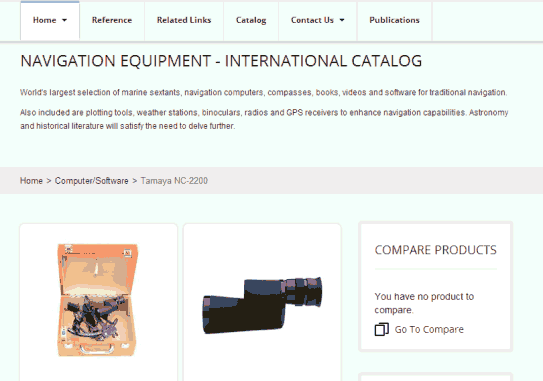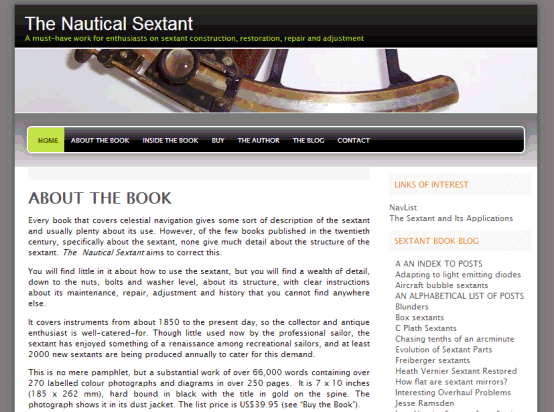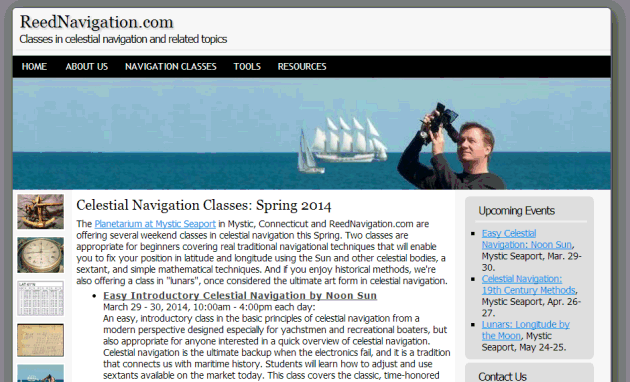
NavList:
A Community Devoted to the Preservation and Practice of Celestial Navigation and Other Methods of Traditional Wayfinding
From: David Pike
Date: 2018 Jan 9, 08:51 -0800
Antoine
Sorry for leaving my reply to your question yesterday until last. I had to jog my memory a bit.
You said you applied no instrument corrections. I used raw Hs values for the graph and applied -2 to the graphical Mer-Pass Hs to get Mer-Pass Ha. If I hadn’t applied -2 my found latitude would have been 5307.7 which is the same as your calculated 5307.6, so we’re both in the same boat. I’ll return to this later.
I only applied one refraction correction at the very end to the Mer-Pass Ha.
As far as I recall, I was attempting to put the Sun in the centre of the graticule of the pendulous reference.
You don’t need to apply dome correction with a periscopic sextant, they have optical glass windows out in the slipstream with gold film heating to keep them free of hoar frost. Therefore we can ignore the remainder of that paragraph except say that the way I remember how you should apply dome refraction if you needed to is to imagine the thinning of the dome towards the top as being like the top half of a convex lens. A light beam will be bent down towards you, so the star will appear to be higher than it actually is.
So before applying instrument error, we’re both about 2.6 miles south of where we should be. Assuming I haven’t got a chronic personal error, it has to be the instrument error correction, and I can think of two possible reasons. Firstly Hughes MkIX series aircraft sextants which led to the Smith’s Mk2 series have stop settings from -10 to about 80, i.e. -10 to 3, 0 to 13, 10 to 23 and so on, because of the limitations of the clockwork averaging mechanism, which can only count from about 0 to 13degrees. You really need to calibrate for each stop setting, and I’m nowhere near that stage yet with this sextant. I used -2 because that’s roughly what I’d been using for much higher altitudes earlier in the year. Also, now the colder weather’s arrived, I was beginning to notice some misting inside the sextant and the mounting getting stiffer, so I decided to get the 28V heating to the mounting and sextant working. The trouble is it was designed for use at high level, and on the ground it gets rather hot. This might also be affecting the calibration. What do they say “A bad workman ……….”?Hope this helps. DaveP






